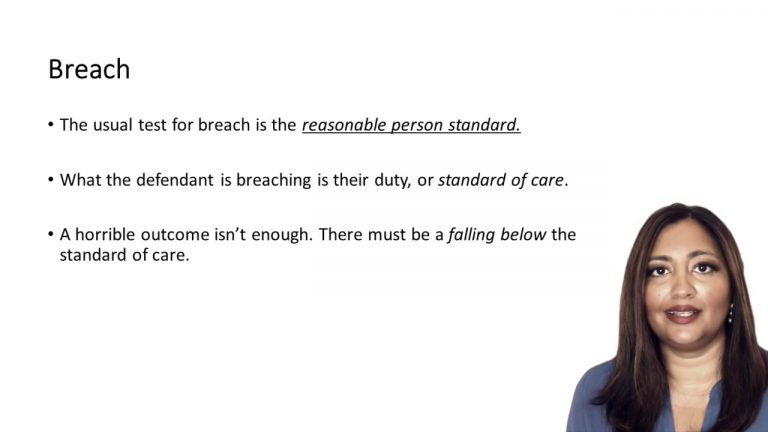SmartBrief
Confirm favorite deletion?
Business Associations Keyed to Bainbridge
CTS Corporation v. Dynamics Corporation of America
Citation:
481 U.S. 69 (1987)Facts
On March 4, 1986, the Governor of Indiana signed a revised Indiana Business Corporation Law. That law included the Control Share Acquisitions Chapter. Beginning on August 1, 1987, the Act will apply to any corporation incorporated in Indiana. Before that date, any Indiana corporation can opt into the Act by resolution of its board of directors. On March, 10, 1986, appellee Dynamics Corporation of America owned 9.6% of the common stock of appellant CTS Corporation, an Indiana corporation. Six days afters the Act went into effect, Dynamics announced a tender offer for another million shares in CTS. On March 31, Dynamics alleged in its complaint that the Act is preempted by the Williams Act and it violates the Commerce Caluse. Dynamics sought a temporary restraining order.
Only StudyBuddy Pro offers the complete Case Brief Anatomy*
Access the most important case brief elements for optimal case understanding.
*Case Brief Anatomy includes: Brief Prologue, Complete Case Brief, Brief Epilogue
- The Brief Prologue provides necessary case brief introductory information and includes:
Topic:
Identifies the topic of law and where this case fits within your course outline.Parties:
Identifies the cast of characters involved in the case.Procedural Posture & History:
Shares the case history with how lower courts have ruled on the matter.Case Key Terms, Acts, Doctrines, etc.:
A case specific Legal Term Dictionary.Case Doctrines, Acts, Statutes, Amendments and Treatises:
Identifies and Defines Legal Authority used in this case.
- The Case Brief is the complete case summarized and authored in the traditional Law School I.R.A.C. format. The Pro case brief includes:
Brief Facts:
A Synopsis of the Facts of the case.Rule of Law:
Identifies the Legal Principle the Court used in deciding the case.Facts:
What are the factual circumstances that gave rise to the civil or criminal case? What is the relationship of the Parties that are involved in the case.Issue(s):
Lists the Questions of Law that are raised by the Facts of the case.Holding:
Shares the Court's answer to the legal questions raised in the issue.Concurring / Dissenting Opinions:
Includes valuable concurring or dissenting opinions and their key points.Reasoning and Analysis:
Identifies the chain of argument(s) which led the judges to rule as they did.
- The Brief Prologue closes the case brief with important forward-looking discussion and includes:
Policy:
Identifies the Policy if any that has been established by the case.Court Direction:
Shares where the Court went from here for this case.
Topic Resources
Topic Outline
Topic Refresher Course
Topic Charts & Notes

 11m 27s
11m 27s